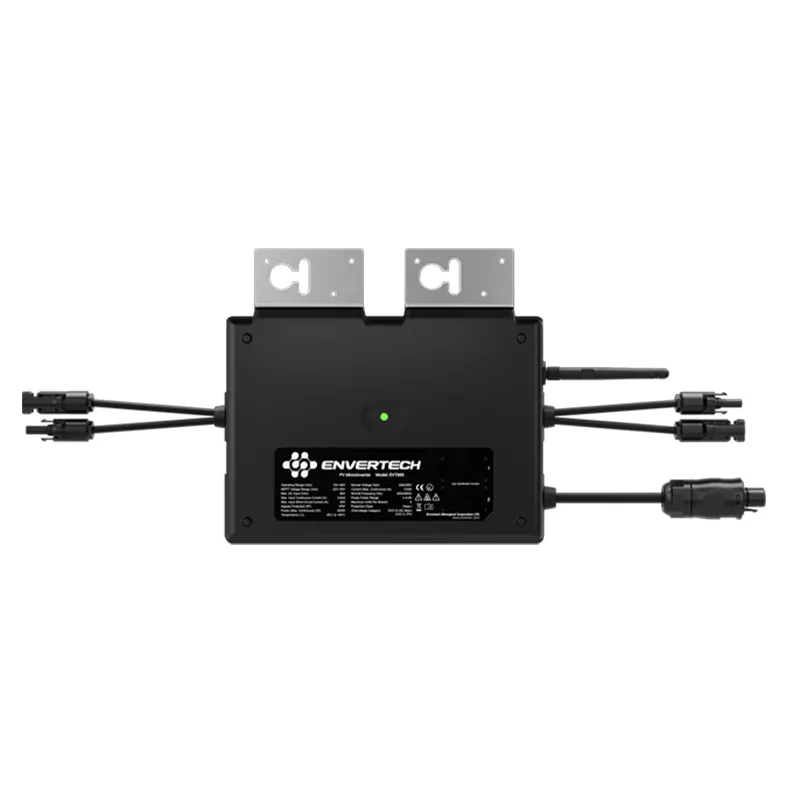Understanding Solar Panel Size and Capacity for Optimal Energy Production
Understanding Solar Panel Capacity and Size Key Factors for Efficient Solar Energy Systems
As the world increasingly turns toward sustainable energy sources, solar power has emerged as a popular option for both residential and commercial applications. Solar panels convert sunlight into electricity, providing a renewable source of energy that helps reduce dependence on fossil fuels. However, two crucial factors determine the effectiveness of solar panels their capacity and size. Understanding these elements can help consumers make informed decisions when investing in solar energy systems.
Solar Panel Capacity What Does It Mean?
Solar panel capacity, often measured in watts (W), indicates the maximum amount of power a solar panel can produce under standard test conditions. It is a crucial metric because it directly influences the amount of electricity generated by a solar energy system. Most residential solar panels on the market today have capacities ranging from 250 W to 400 W per panel.
The total capacity of a solar energy system is determined by the number of panels installed and their individual capacities. For example, if a home has eight solar panels, each with a capacity of 300 W, the total system capacity would be 2,400 W, or 2.4 kW. In practical terms, higher capacity panels can produce more electricity in a given period, which can be particularly beneficial in regions with high energy demands or where space for installation is limited.
The Relationship Between Size and Capacity
The size of a solar panel is usually expressed in square feet or meters and is intricately linked to its capacity. Generally, solar panels that have a higher capacity are larger in size. This is because, to harvest more sunlight and generate more electricity, a panel needs a larger surface area with photovoltaic cells. For instance, a standard residential solar panel measures approximately 65 inches by 39 inches (about 17.5 square feet) and has a capacity of around 300 W.
solar panel capacity and size

However, the relationship isn’t solely linear; advancements in technology have led to the development of high-efficiency solar panels that can produce more power from a smaller size. These panels utilize more sophisticated materials or designs to increase efficiency, allowing homeowners with limited roof space to still benefit from solar energy.
Choosing the Right Capacity and Size for Your Needs
When considering solar panel installation, it's essential to evaluate your energy needs, available space, and budget
. Start by assessing your monthly electricity consumption, which can often be found on your utility bill. This figure will help you determine how much energy you need to generate through solar power.Next, consider the space available for installation. If you have ample roof space, larger panels with higher capacities may be ideal as they can generate more electricity without requiring excessive installation. Conversely, if space is limited, investing in smaller yet more efficient panels could be a wise choice.
It’s also important to factor in local climate conditions, as these can affect the performance of solar panels. Areas with more sunlight will benefit from higher-capacity panels, while regions with frequent cloud cover may require a different approach.
Conclusion
In summary, understanding solar panel capacity and size is vital for anyone considering switching to solar energy. By knowing the maximum power a solar panel can generate and how its size relates to efficiency, consumers can make better decisions that align with their energy needs and available resources. With the right configuration, solar energy systems can provide substantial savings on electricity bills while contributing to a more sustainable future. As technology continues to advance, the options for solar panels will only expand, making it an increasingly viable solution for energy needs across the globe.
-
Unlocking Energy Freedom with the Off Grid Solar InverterNewsJun.06,2025
-
Unlock More Solar Power with a High-Efficiency Bifacial Solar PanelNewsJun.06,2025
-
Power Your Future with High-Efficiency Monocrystalline Solar PanelsNewsJun.06,2025
-
Next-Gen Solar Power Starts with Micro Solar InvertersNewsJun.06,2025
-
Harnessing Peak Efficiency with the On Grid Solar InverterNewsJun.06,2025
-
Discover Unmatched Efficiency with the Latest String Solar InverterNewsJun.06,2025







